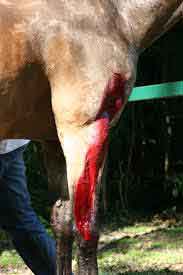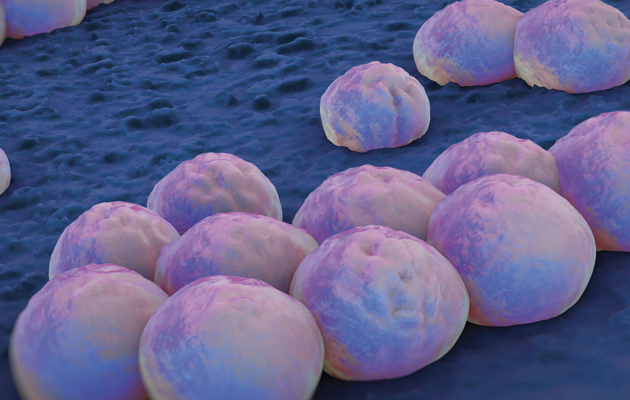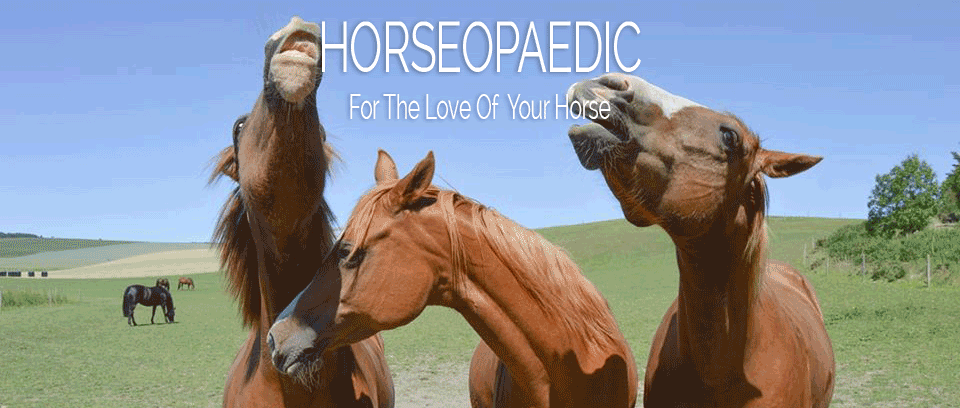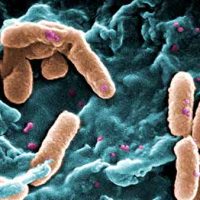
There’s worrying evidence that certain micro organism are becoming immune to antibiotics. Mark Bowen MRCVS discusses the repercussions
Modern veterinary medicine relies upon upon antibiotics to deal with persistent infections and to stop the formation of disease-causing bacteria in wounds and surgical sites.
The harsh reality is that some antibiotics will not be working as well as they used to. We can not take it for granted that they’ll clear up bacterial illness, as the story in Horse & Hound last week about eventer Trig Point’s battle with a multiple-resistant bacterial infection proved.
The issue of antibiotic resistance, already described as one of the largest threats facing human health, is quickly turning into a problem within the equine world. However, what precisely is happening — and why?
Q Are all bacteria unhealthy?
Bacteria are everywhere within the environment. The bulk are commensal, living on or in an animal without inflicting any harm.
The massive colon (intestine) of the horse is filled with commensal bacteria that assist in digesting plant materials. Moreover, commensal bacteria make growth conditions for disease-causing (pathogenic) bacteria tough, by competing for nutrients or altering the environment wherein they live. As such, commensal organisms can defend us from disease and are typically known as “good bacteria”.
A second kind of bacteria is known as opportunistic. These bacteria usually are not predominantly pathogenic however, given the right circumstances (such as tissue damage), can multiply quickly and cause harm to their host. Pseudomonas aeruginosa is an example of an opportunistic bacterium — when it contaminates a wound it might trigger severe illness.
Pathogenic bacteria include strangles and salmonella. In some instances a horse might become a silent carrier of those bacteria, able to limit their development, though an infection can reoccur if the bacteria are given a chance to multiply once more. This may occur if:
• The immune system isn’t functioning.
Stress, extreme illness, some medicines and equine Cushing’s disease can all impact on a horse’s ability to fight an infection naturally.
• Competition from commensal bacteria is removed.
Elimination of good bacteria by way of antibiotics can permit pathogenic bacteria to flourish and grow. A reduction in intestinal commensal bacteria may end up in severe diarrhoea resulting from overgrowth of pathogens.

Q How does antibiotic resistance happen?
Antibiotics either directly kill bacteria (when they’re termed bactericidal), or stop them from growing in order that ultimately the animal’s own immune response can control an infection (bacteriostatic). They could be classified as “broad spectrum”, killing many different bacteria, or “narrow spectrum”, which means that only a small proportion of bacteria might be prone to their effects.
Resistance happens when a population of bacteria is no longer susceptible to a previously efficient antibiotic. For this to occur, the genetic code of a bacterium should change in order that it is protected from the action of the antibiotic. The code can change by spontaneous mutation or by acquisition of genes from other bacteria.
Evolution then takes over to make sure survival of the fittest. If mutation provides the cell with a benefit, it’s going to multiply and eventually become the dominant type.
Where mutation brings about bacterial resistance and the bacteria are not exposed to antibiotics, numbers of these newly resistant bacteria will stay small. Using antibiotics, nevertheless, can kill off regular bacteria and permit the resistant ones to take over.

Q What’s a superbug?
The term “superbug” is usually given to resistant bacteria, however it may be misleading. These bacteria aren’t any more dangerous than they’d be without the genetic code for resistance — resistance doesn’t mean “flesh-eating”.
Probably the most well-known resistant bacteria is MRSA (methicillin resistant Staphylococcus aureus), which causes an infection of wounds or injection sites. The body’s immune mechanism will nonetheless mount a response to this bacteria, and, typically, some of the newer antibiotics will probably be efficient.
In veterinary medicine there are currently only a few bacteria that can not be defeated by any antibiotic.
If this situation escalated, however, we might struggle to manage such infections.
This apocalyptic “post-antibiotic” period could also be some way off, however scientists haven’t developed a brand new class of antibiotic in nearly 30 years. Many medical professionals believe that a world without effective antibiotics is inevitable.

Clusters of ‘superbug’ (MRSA) micro organism
Q What occurs if my horse develops an an infection brought on by resistant bacteria?
Pseudomonas, the bacteria that populated Trig Point’s sinuses, is normally only susceptible to a small range of antibiotics. When resistance happens, the remaining available antibiotics become very restricted.
To find out which antibiotic will probably be effective, a bacterial sample is grown within the laboratory and examined against a number of antibiotics.
If no such drug is available then different methods should be employed to limit bacterial growth till the horse is able to mount his own immune response. Choices might include surgical procedure to debride (cut away) contaminated tissue or lavaging to flush out bacteria. Topical antiseptic solutions could also be used where possible.
Q What’s being done to prevent resistance?
Attempts to invent and discover new antibiotics are very important, however they’re not the entire answer.
It’s important that antibiotics are used carefully and only when needed. Most UK equine vets have signed up to the Shield ME coverage developed by the British Equine Veterinary Association (BEVA). This aims to reserve antibiotics defined as critically necessary for both animal and human health, in order that they’re used just for cases where they’re genuinely required.
Additionally it is vital that vets and horse owners comply with guidelines for responsible antibiotic use.
By using such strategies it’s hoped that these medicines will stay effective for as long as possible.
Ref: Horse & Hound; 24 September 2015
Supply: Antibiotics: What happens when the drugs don’t work? *H&H VIP*

